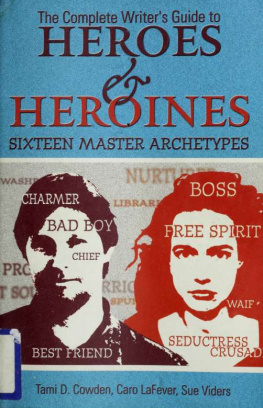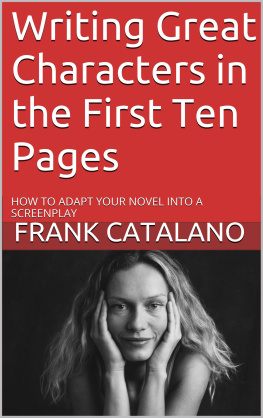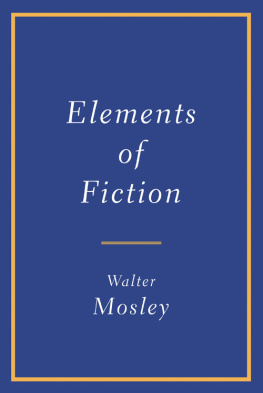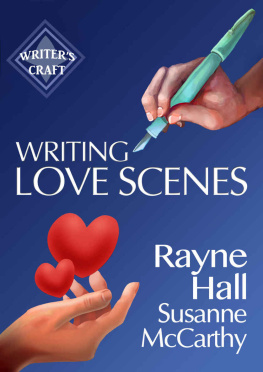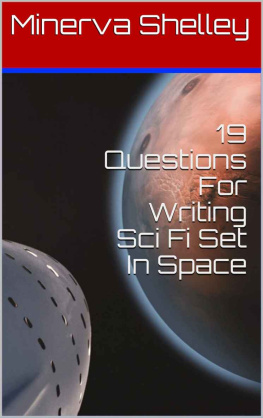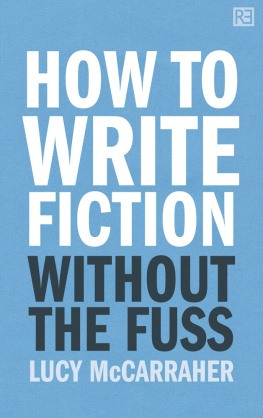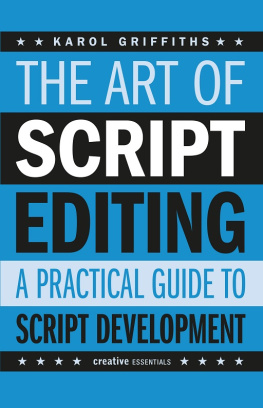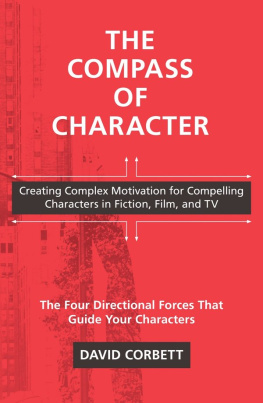Lucy V. Hay - Writing Diverse Characters For Fiction, TV or Film: An Essential Guide for Authors and Script Writers
Here you can read online Lucy V. Hay - Writing Diverse Characters For Fiction, TV or Film: An Essential Guide for Authors and Script Writers full text of the book (entire story) in english for free. Download pdf and epub, get meaning, cover and reviews about this ebook. year: 2017, genre: Detective and thriller. Description of the work, (preface) as well as reviews are available. Best literature library LitArk.com created for fans of good reading and offers a wide selection of genres:
Romance novel
Science fiction
Adventure
Detective
Science
History
Home and family
Prose
Art
Politics
Computer
Non-fiction
Religion
Business
Children
Humor
Choose a favorite category and find really read worthwhile books. Enjoy immersion in the world of imagination, feel the emotions of the characters or learn something new for yourself, make an fascinating discovery.

- Book:Writing Diverse Characters For Fiction, TV or Film: An Essential Guide for Authors and Script Writers
- Author:
- Genre:
- Year:2017
- Rating:4 / 5
- Favourites:Add to favourites
- Your mark:
- 80
- 1
- 2
- 3
- 4
- 5
Writing Diverse Characters For Fiction, TV or Film: An Essential Guide for Authors and Script Writers: summary, description and annotation
We offer to read an annotation, description, summary or preface (depends on what the author of the book "Writing Diverse Characters For Fiction, TV or Film: An Essential Guide for Authors and Script Writers" wrote himself). If you haven't found the necessary information about the book — write in the comments, we will try to find it.
Lucy V. Hay: author's other books
Who wrote Writing Diverse Characters For Fiction, TV or Film: An Essential Guide for Authors and Script Writers? Find out the surname, the name of the author of the book and a list of all author's works by series.
Writing Diverse Characters For Fiction, TV or Film: An Essential Guide for Authors and Script Writers — read online for free the complete book (whole text) full work
Below is the text of the book, divided by pages. System saving the place of the last page read, allows you to conveniently read the book "Writing Diverse Characters For Fiction, TV or Film: An Essential Guide for Authors and Script Writers" online for free, without having to search again every time where you left off. Put a bookmark, and you can go to the page where you finished reading at any time.
Font size:
Interval:
Bookmark:
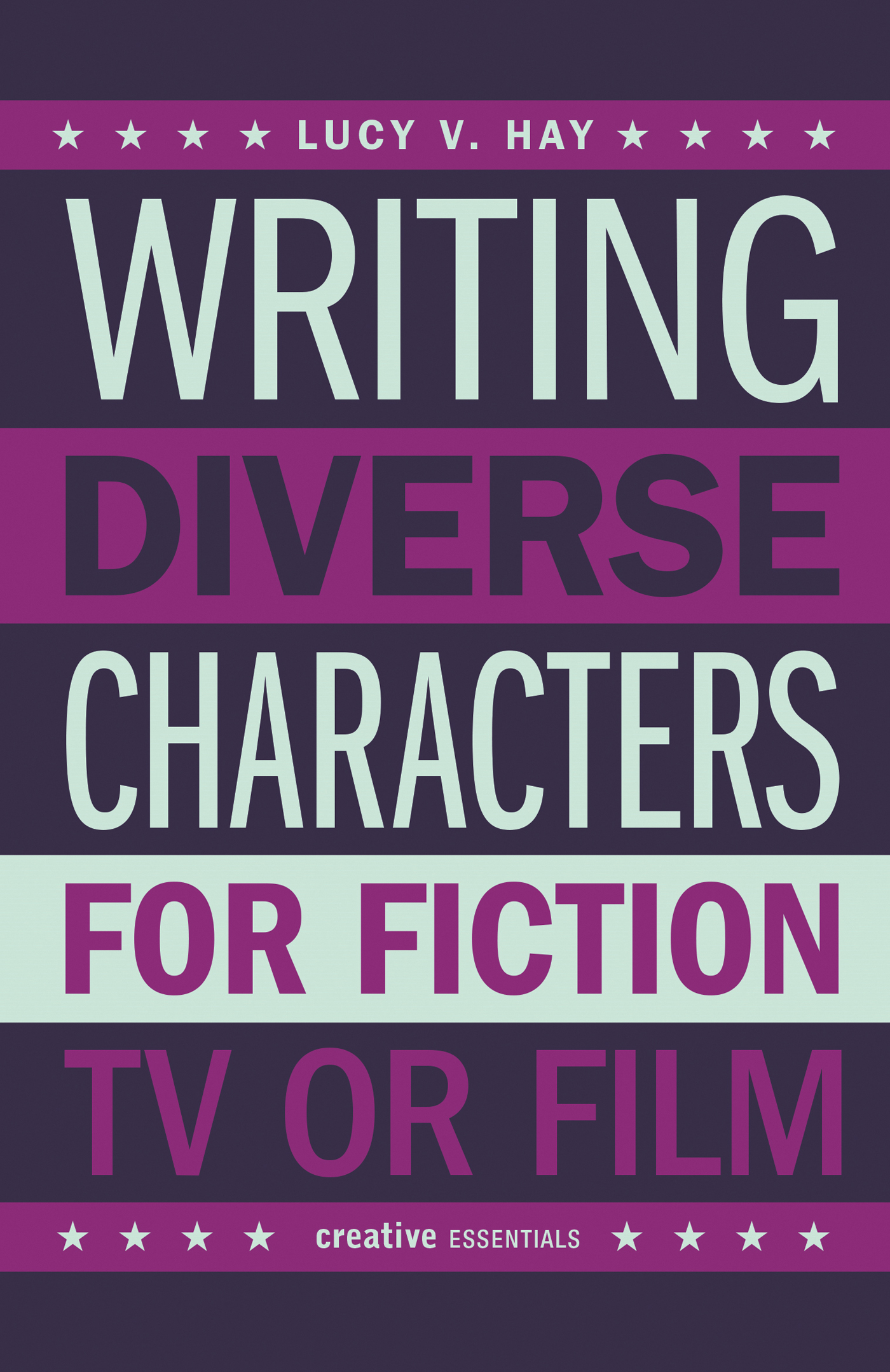
creative essentials
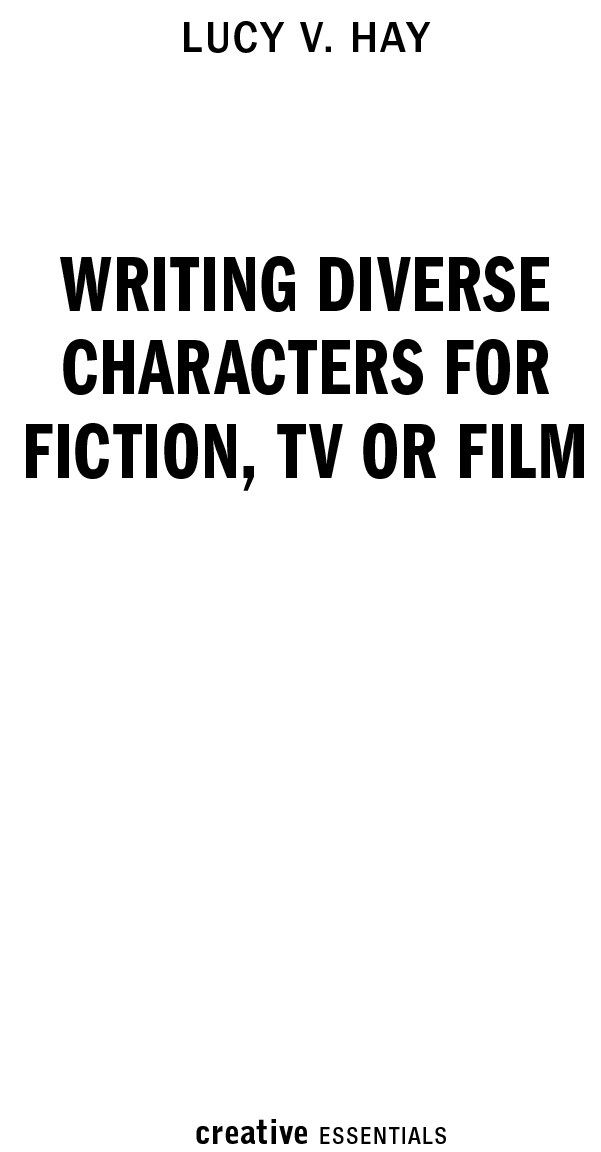
FOREWORD
One of the top screenwriters working today, Shonda Rhimes, said, I really hate the word diversity. It suggests something other. As if it is something special. Or rare. I feel the same way as Rhimes. It strikes me as bizarre how homogenised characters and stories have become. The notion of the mainstream being for everyone, as in white, male, straight and able-bodied, seems foolhardy at best when we consider the numbers. Most of the world is not white; plus females make up 51% of the population. Depending on which reports you read, between 1.5% and 10% of people count themselves as part of the LGBT community in the UK, with a whopping 19% of the British population having a disability thats nearly one in five people. Studies report similar numbers for these last two demographics in the United States and other countries.
So, where are all these untold stories? We can all no doubt name some iconic novels, movies and TV shows with diverse characters and worldviews, but they still have that quality that Rhimes hates: theyre notable for being diverse. We live in a world where certain stories rise to the top, not necessarily for being excellent, but for being normal, with the rest making some kind of statement, intended or not.
These statements may make internet trolls froth at the mouth good! but even those who welcome progress may still inadvertently stand in its way, perhaps by putting diverse characters under greater scrutiny than normal characters. Wouldnt it be great to just write a fantastic story without having to worry about labels? Absolutely, yes. Are we there yet? Probably not.
But the good news is, stories are more diverse now than they have ever been. That long-held notion that straight, white, able-bodied males are the only real characters (with all other characters representative of issues) is on its way out at long last. Female characters particularly protagonists have made up the most ground, with novels especially focusing on supposedly unladylike behaviour, with TV close behind. In recent years, the floodgates have opened: writers and filmmakers have created flaws as rich and varied for female leads as for their male counterparts; BAME leads dont have to be in stories only about race or slavery; LGBT characters dont have to be in coming-out or transition stories; disabled characters dont have to appear in the same-old tired stories of loneliness and struggle, ending in suicide. Characters differences dont have to fuel the story specifically; instead, theyre part of their worldview and experiences. A subtle change, but one that makes all the difference and can potentially lead to more three-dimensional and authentic portrayals.
Regardless of how you feel about the politics of diversity, the savvy writer knows standing out from the crowd is one of the hardest things to do as a novelist or screenwriter. Far from being a box-ticking exercise, writing diverse characters is a huge skill and one that cannot be underestimated. As a showcase of ones writing talent, diverse characters who feel relevant can be the difference between opening the door, or it staying resolutely shut.
In the course of this book, I will explore not only what diversity means, but the types of characters and their various role functions, which have appeared in stories across the ages. Because storytelling is constantly in flux, I will put diverse characters and the types of story in which they appear under the microscope, with ideas for writers on how to flip expected tropes and conventions to keep their work fresh and relatable. I have included quotes from various industry pros, plus their Twitter handles where appropriate; Ive spoken to many more producers, actors, agents, publishers, screenwriters and novelists than the ones who have made it into these pages. I have also talked to as many people as I can who identify as being from one or more of the top four diverse categories, plus more besides. Returning to Shonda Rhimes, she goes further in her dismissal of the word diversity: I have a different word: NORMALISING.
So, lets do this!
Lucy V. Hay, September 2017
WHAT IS DIVERSITY ?
In diversity, there is beauty and there is strength.
Maya Angelou
DIVERSITY, A DEFINITION
Diversity works best when you cant see forced good intention.
Tony Jordan, TV screenwriter and showrunner
Diversity is very much the watchword of the moment. It turns up again and again, especially online via headlines or social media, when it comes to discussing stories in fiction, film and TV. With various organisations, initiatives, hashtags, sites and schemes dedicated to the subject, it would seem everyone both in audiences and in the creative industries is talking about diversity and what can be done to include more people in more stories, both on the page and on-screen.
If you look in the dictionary, diversity simply means a range of different things. It has synonyms such as array , assortment , medley , mixture , mix , miscellany , multiplicity , range and variety . In applying this word to fiction, film and TV, however, it has a slightly different connotation. The variety the word diversity refers to, then, will often apply to:
- Race (especially Black, Asian, Minority Ethnic BAME)
- Gender
- LGBT (Lesbian, Gay, Bisexual, Transgender)
- Disability
When I mention what I call the top four in this book, its these elements I mean. Im aware these labels arent perfect; Ive attempted to use the ones that the most people a) understand and b) like to use, as demonstrated in my research (which is, in itself, ironic in a book about diversity! Please bear with me, for the sake of clarity). There are also many other diverse characters we could explore as writers were making the rules of our own storyworlds, after all! and I will mention these as we go along, too. Ready? Then lets go
ALL ABOUT INCLUSION
Id like to see the UK catch up [with US TV]. For purely selfish reasons, because I think well make better stuff. I mean, theres diversity in drama, but there are times when you sense an air of hope everyones noticed what were doing, here hanging over it. Get past that and exploit the talent. Its what showbusiness does best.
Stephen Gallagher, TV showrunner and novelist (@brooligan)
If you Google how to write female characters youll see theres a plethora of books on this subject: from woman-centric stories, to breakdowns of female leads, to putting the female characters of Shakespeare and Harold Pinter under the microscope, theres plenty to choose from. Yet if you Google how to write diverse characters, even though you get a whopping 13+ MILLION results via blog posts and social media, at the time I was writing this book there wasnt a single published book on the subject listed on Amazon. In real terms, this could very well be the first one!
My site, www.bang2write.com, is known for its inclusive commentary on characterisation. Starting first with female characterisation, B2W snowballed relatively quickly into talking about the representation of various groups of people, including (but not limited to) race, gender (including male) and disabled people, plus my own personal interest, teenagers (especially teen parents). My Bang2writers have embraced the notion that real characters are not just white, straight men, with every other demographic representative of issues! Why should they be?
Whats more, things are changing with audiences. There is much more demand for diverse stories, featuring diverse characters. But perception of diversity has changed to such a degree in recent years that a characters difference does not have to drive the story; it can be incidental. So stories featuring gay characters do not necessarily have to be about homophobia; or black characters about racism; or disabled characters about rehabilitation. Importantly, in the best representations these differences are not there for the sake of it either they may form part of the characters worldview, or feed into the storyworld. In short, true diversity means being inclusive, but also authentic.
Font size:
Interval:
Bookmark:
Similar books «Writing Diverse Characters For Fiction, TV or Film: An Essential Guide for Authors and Script Writers»
Look at similar books to Writing Diverse Characters For Fiction, TV or Film: An Essential Guide for Authors and Script Writers. We have selected literature similar in name and meaning in the hope of providing readers with more options to find new, interesting, not yet read works.
Discussion, reviews of the book Writing Diverse Characters For Fiction, TV or Film: An Essential Guide for Authors and Script Writers and just readers' own opinions. Leave your comments, write what you think about the work, its meaning or the main characters. Specify what exactly you liked and what you didn't like, and why you think so.

